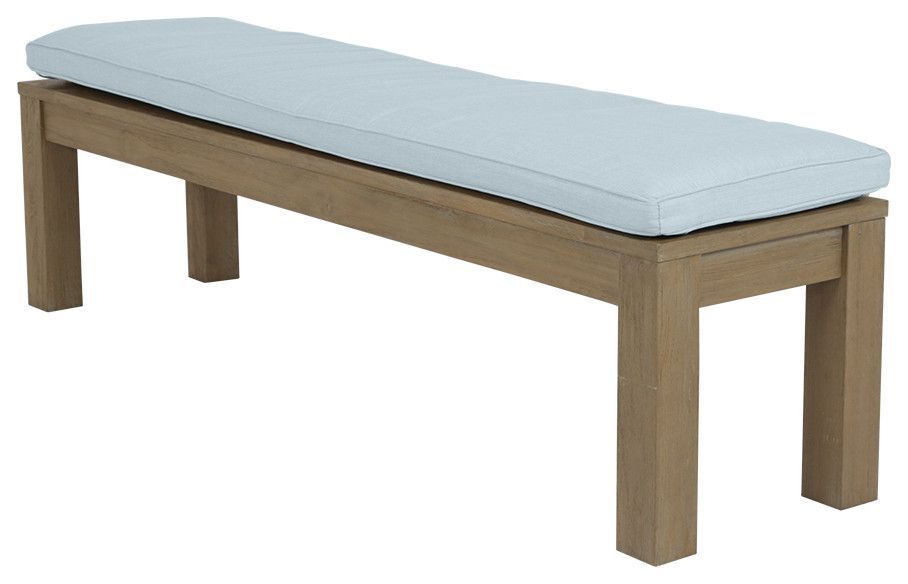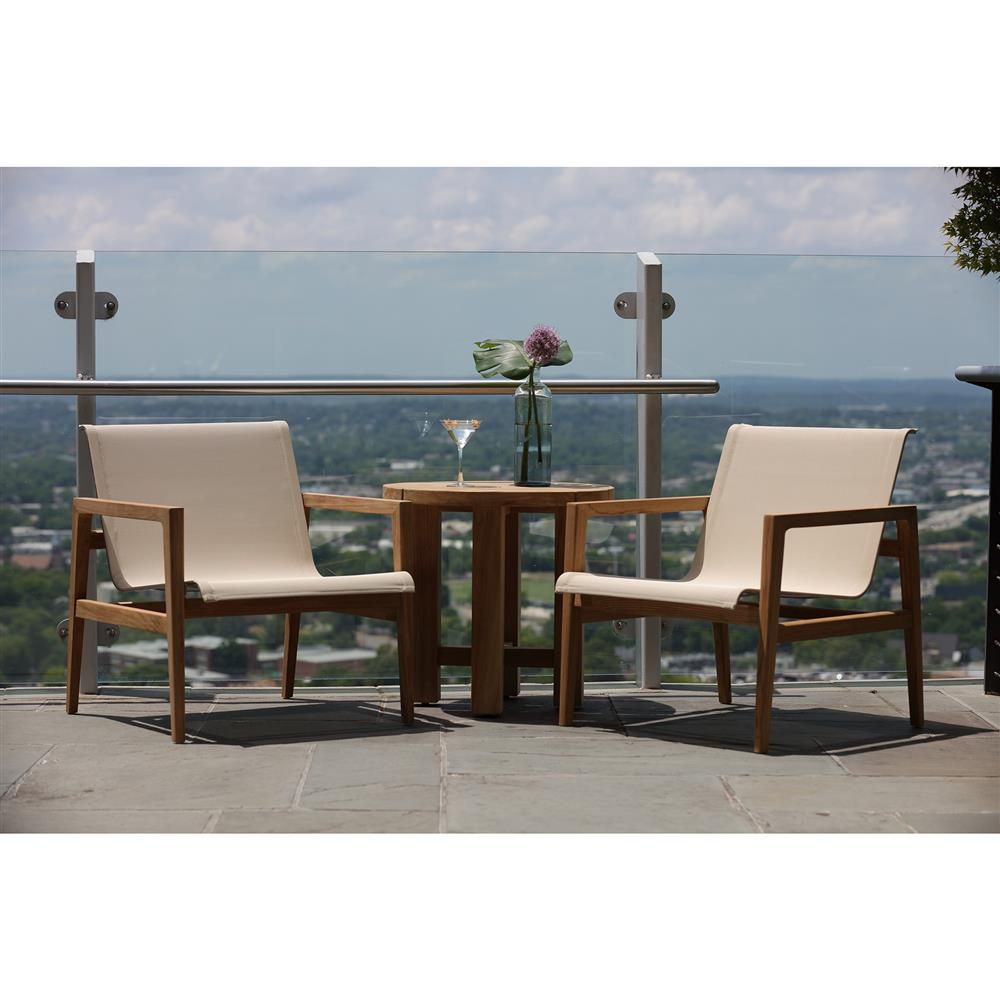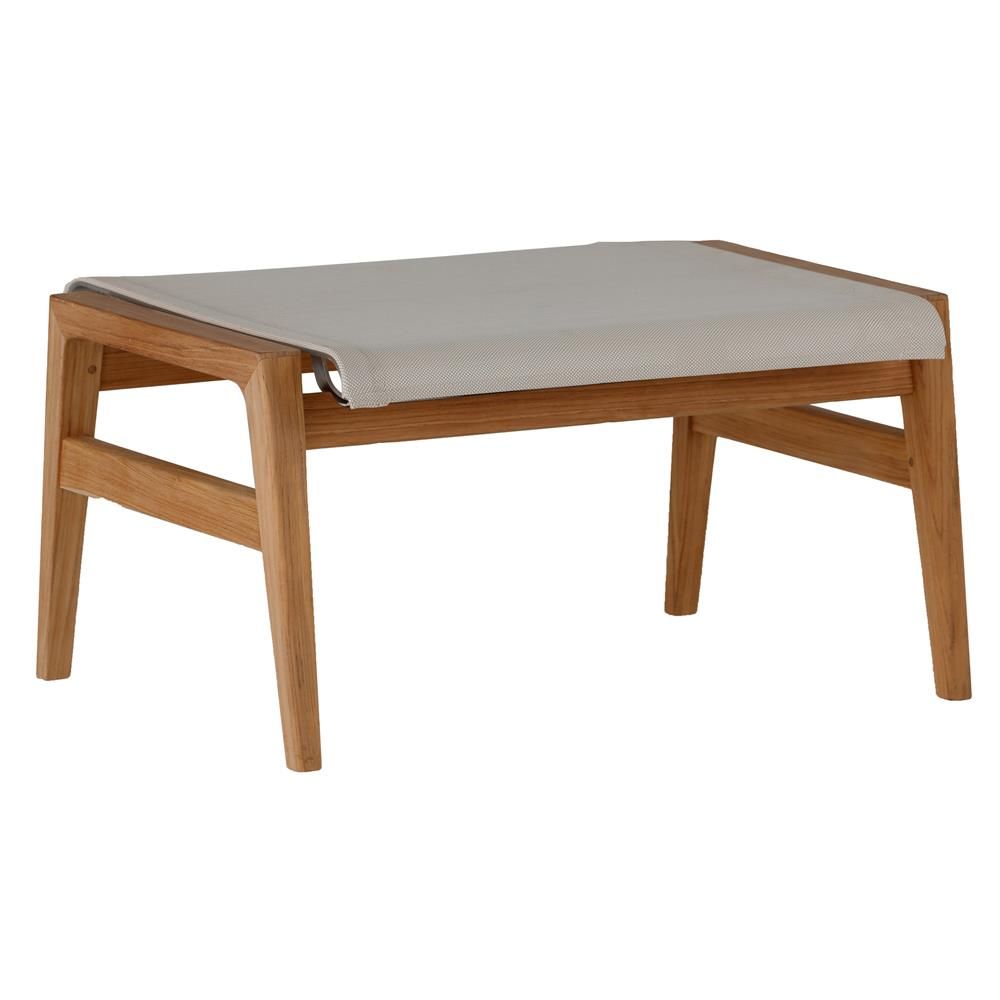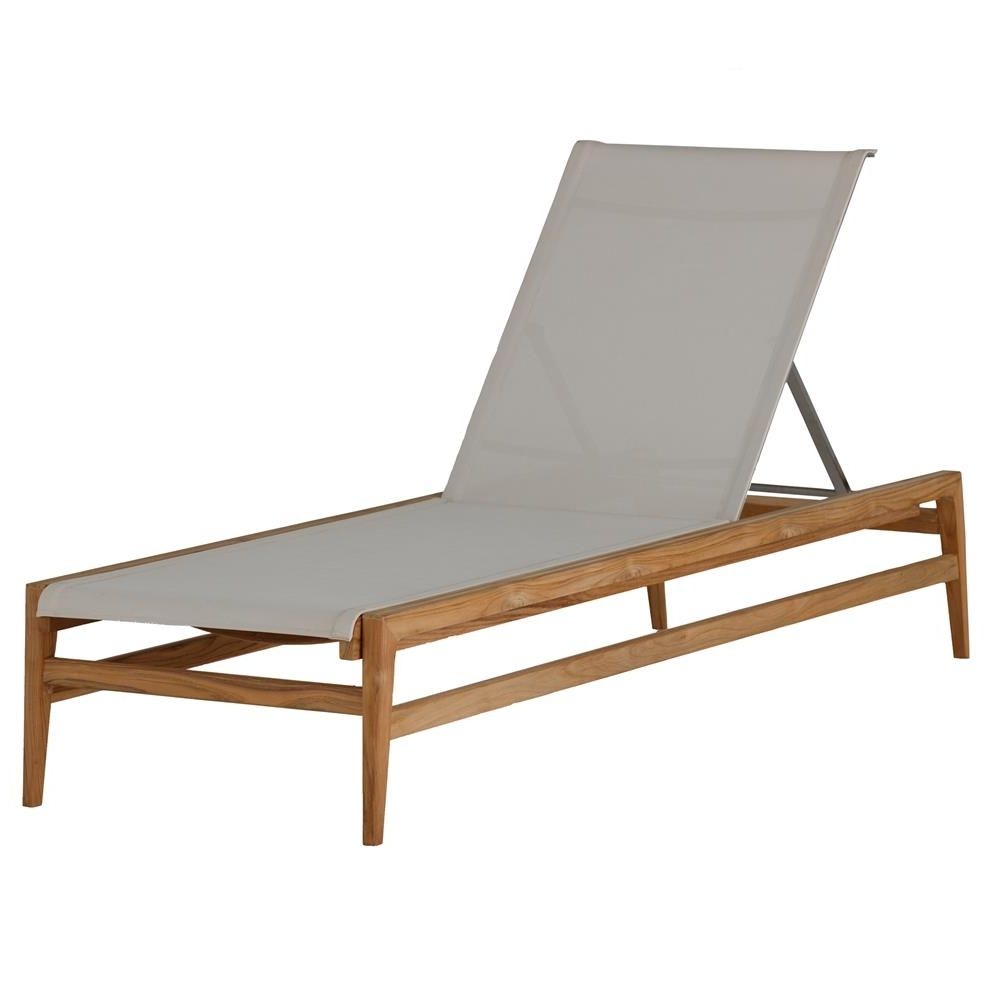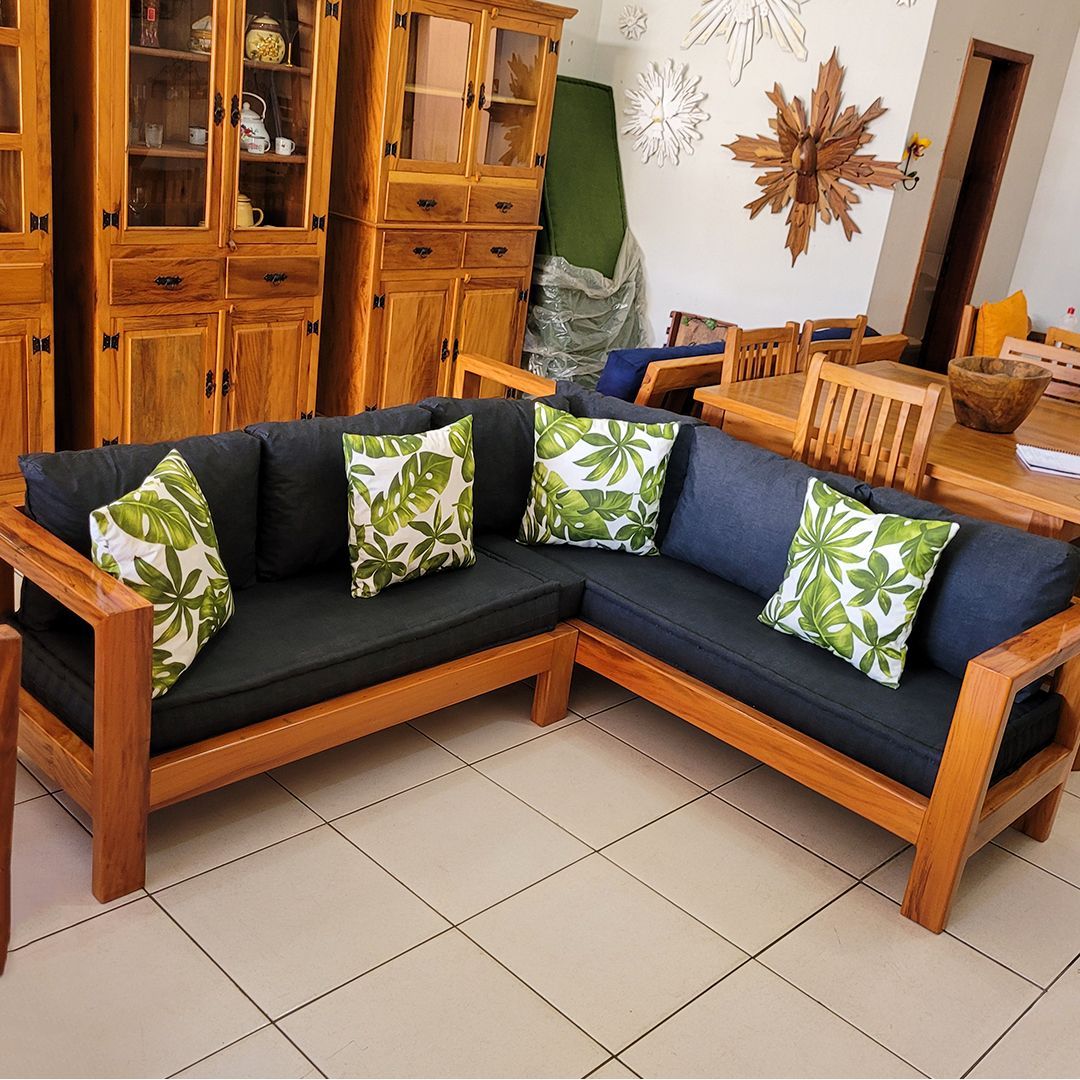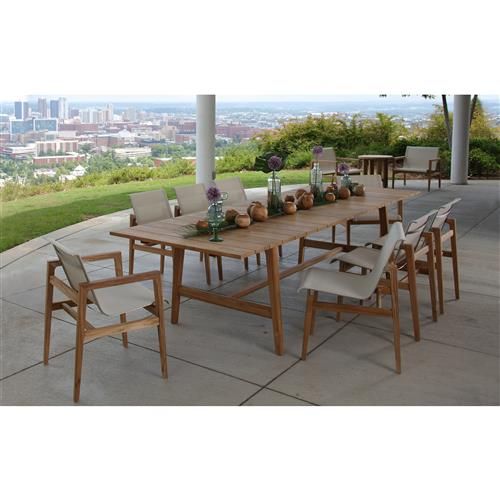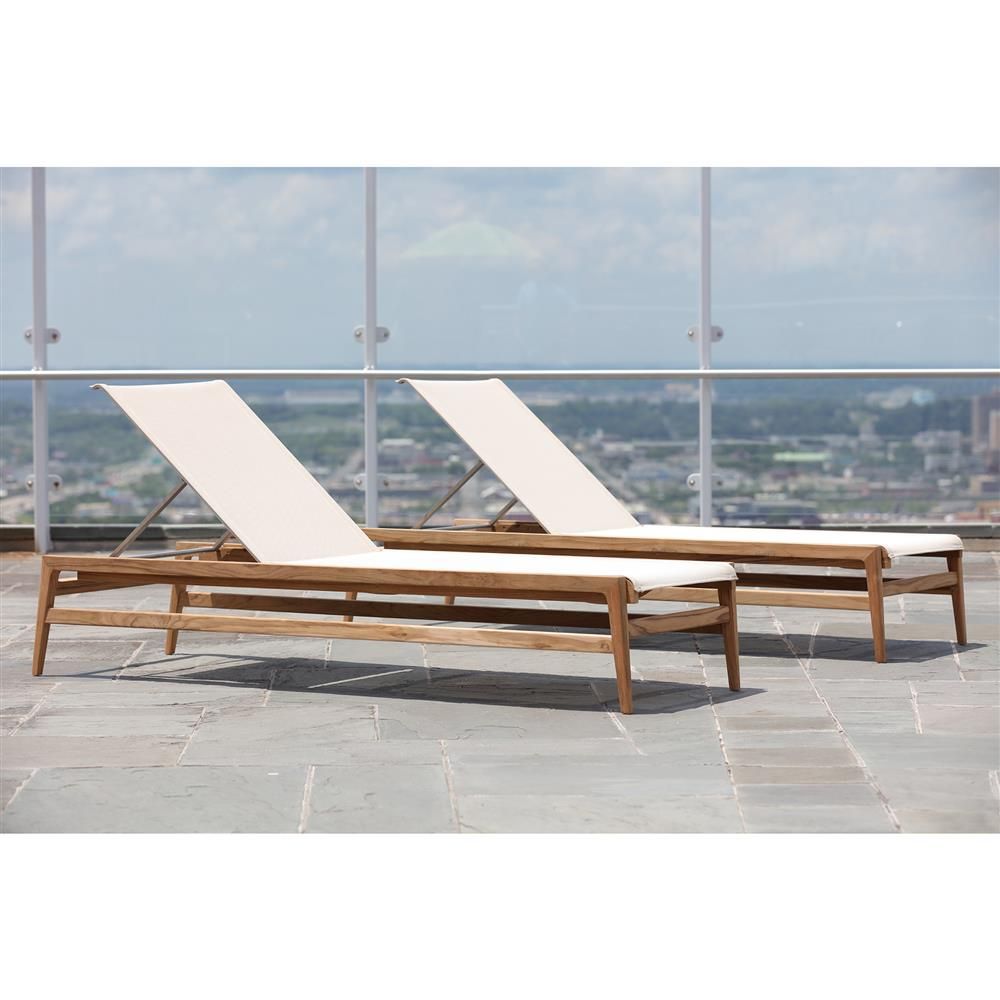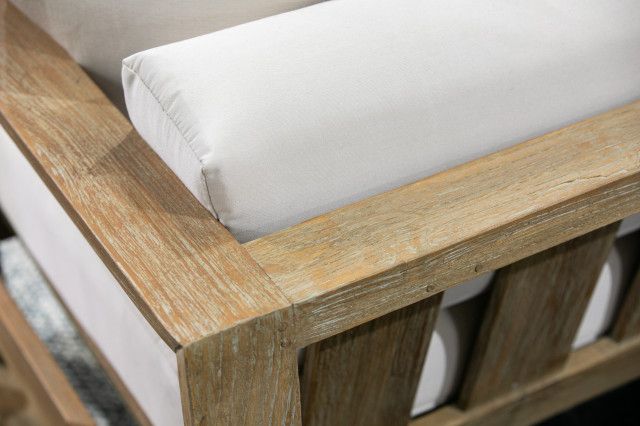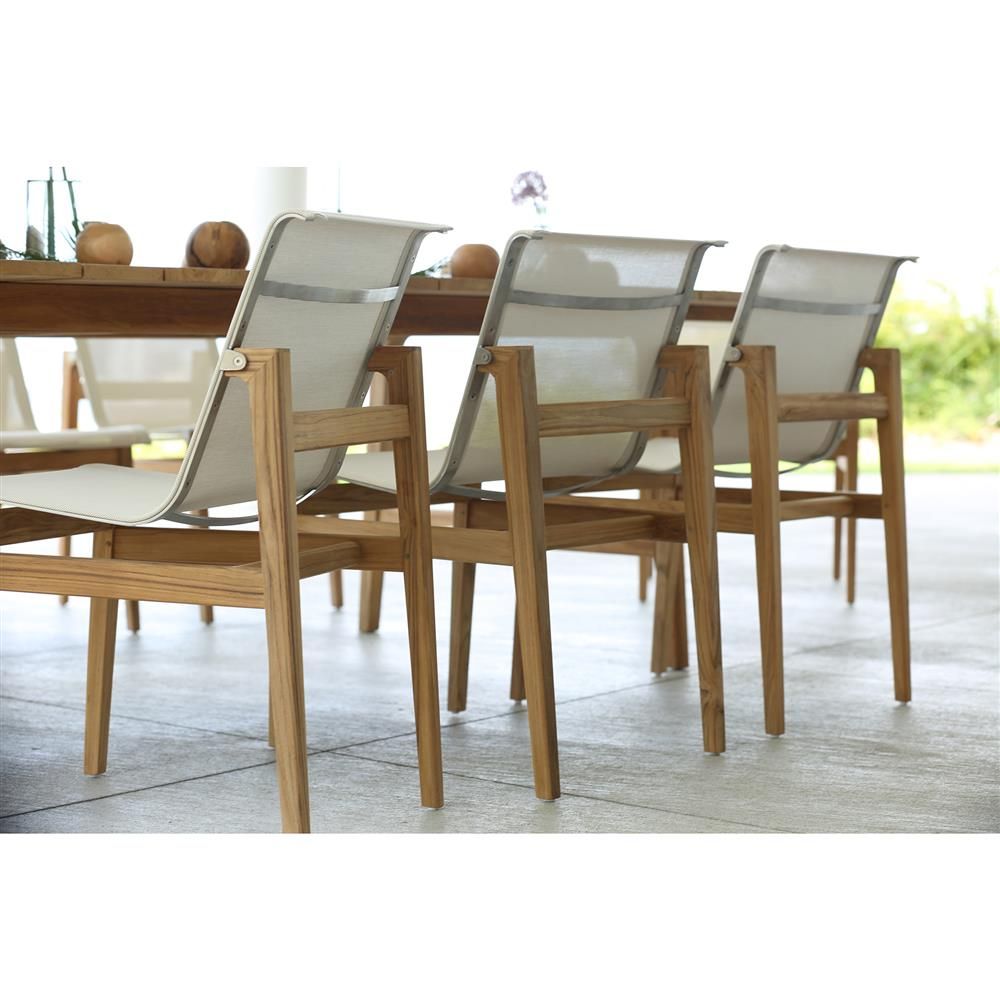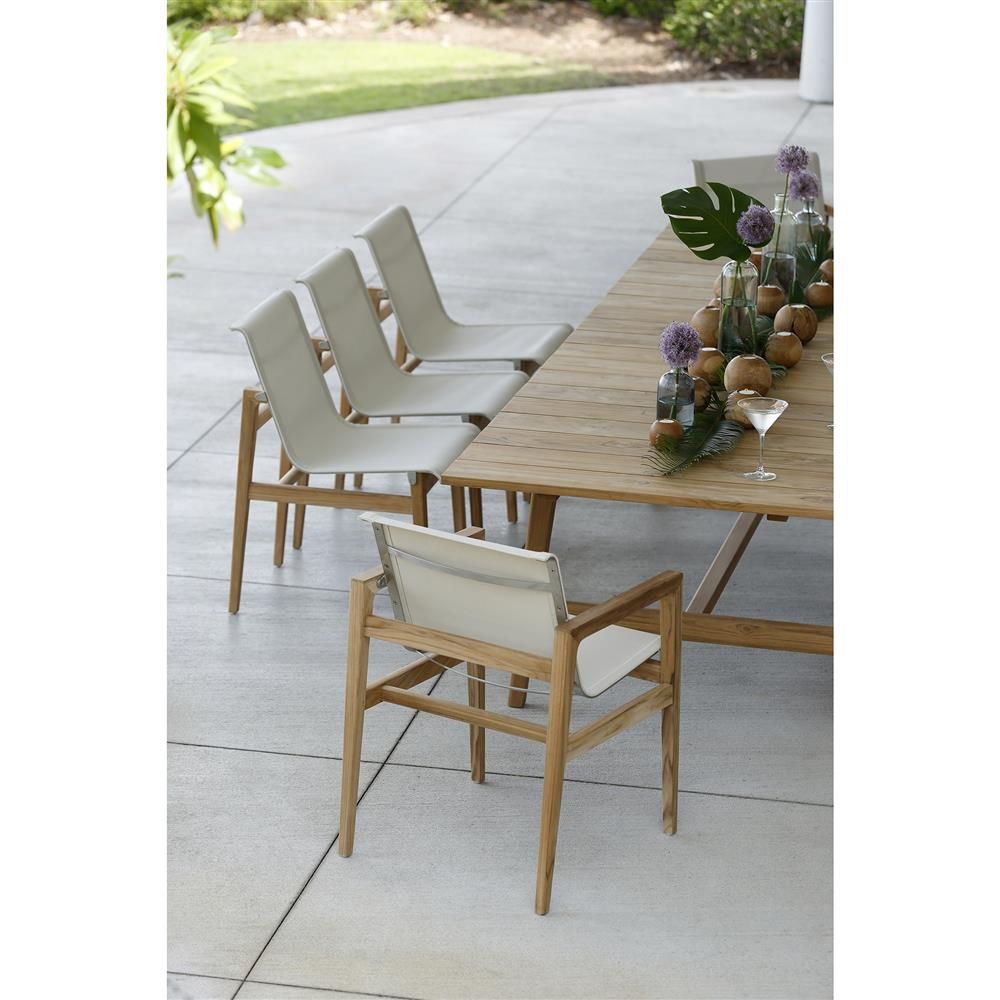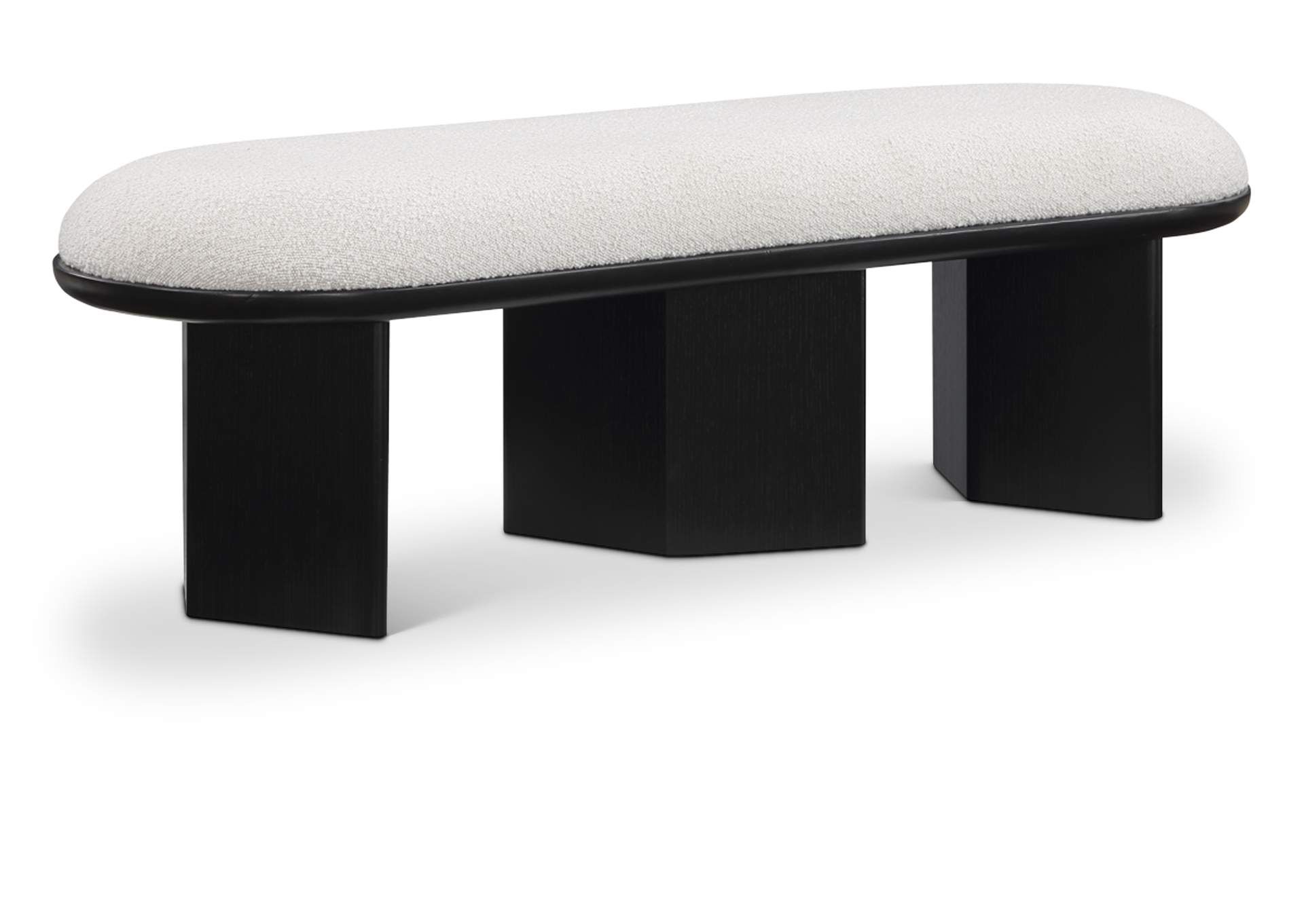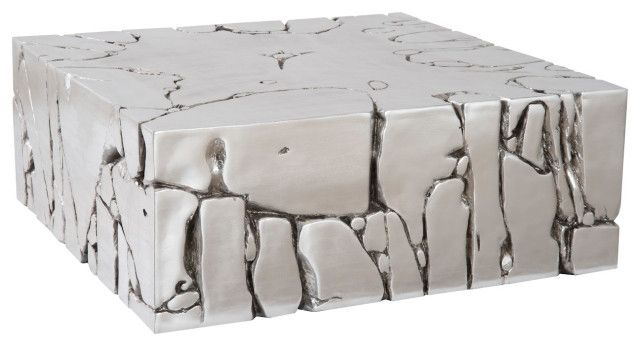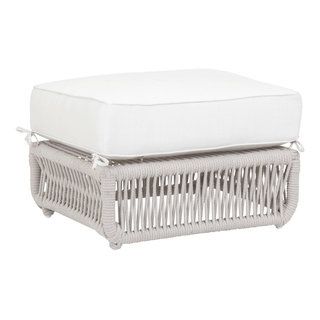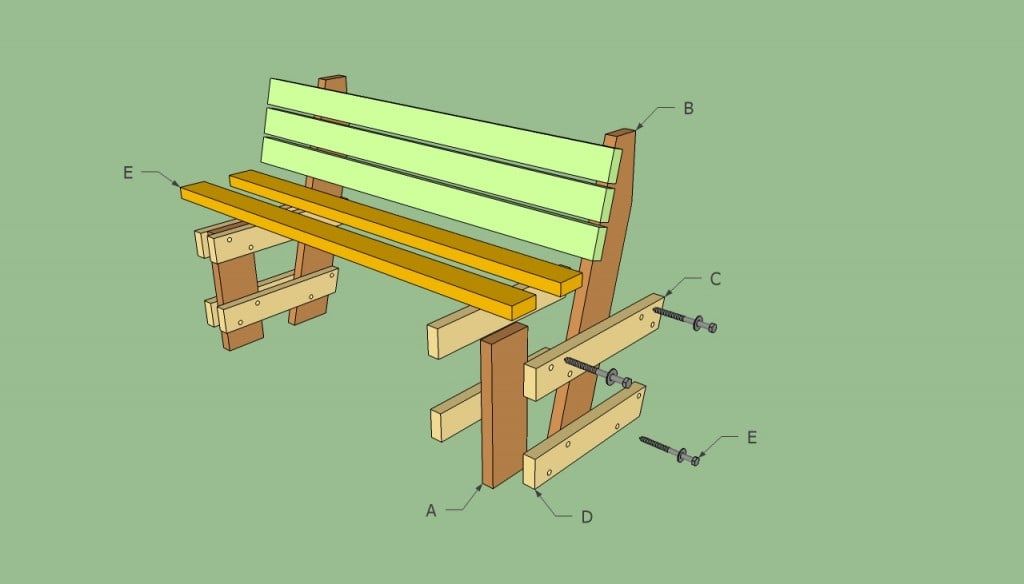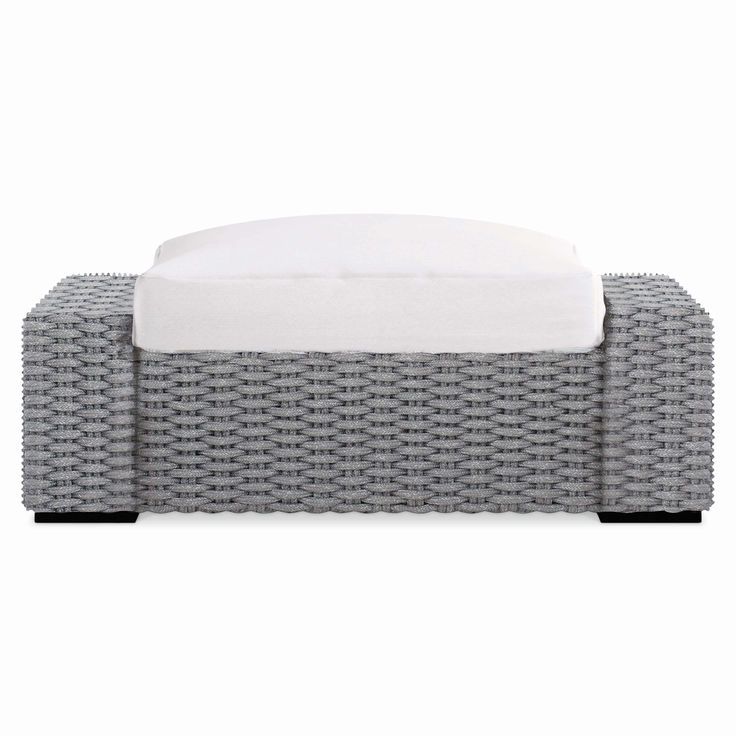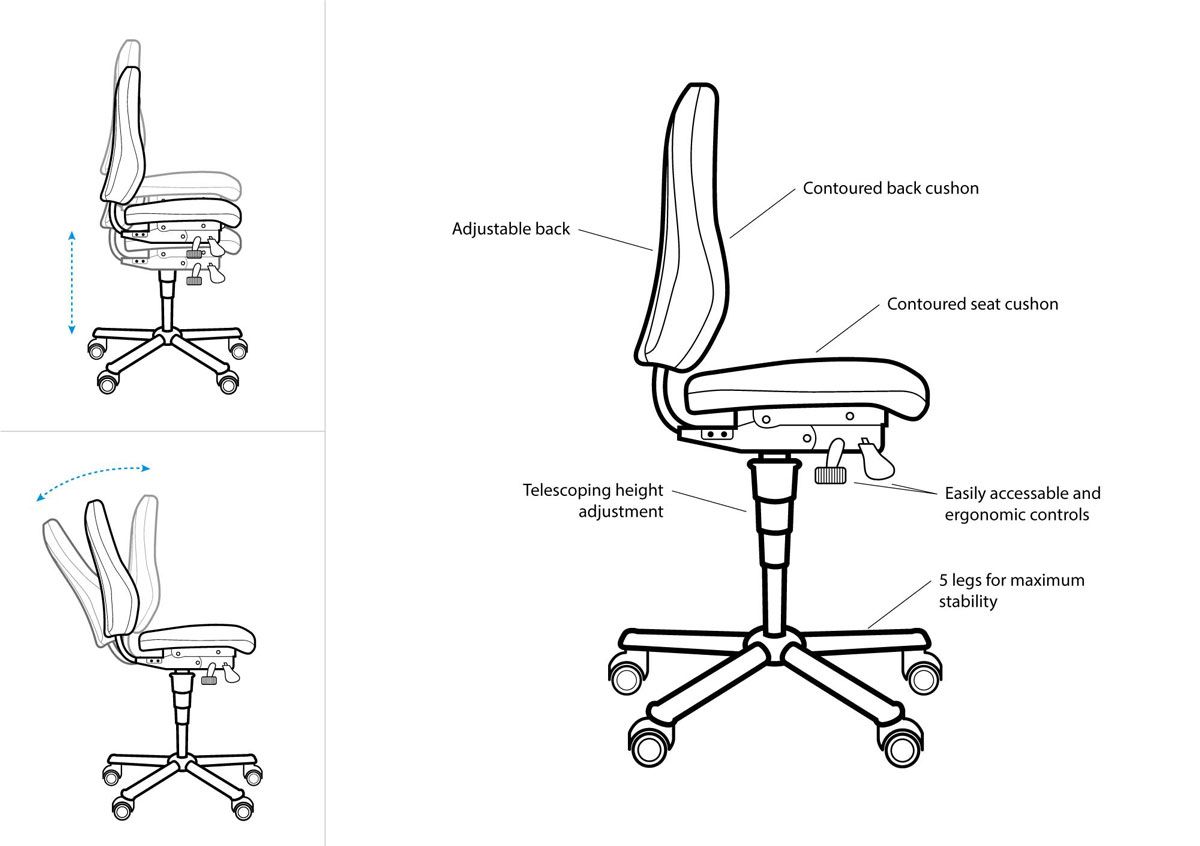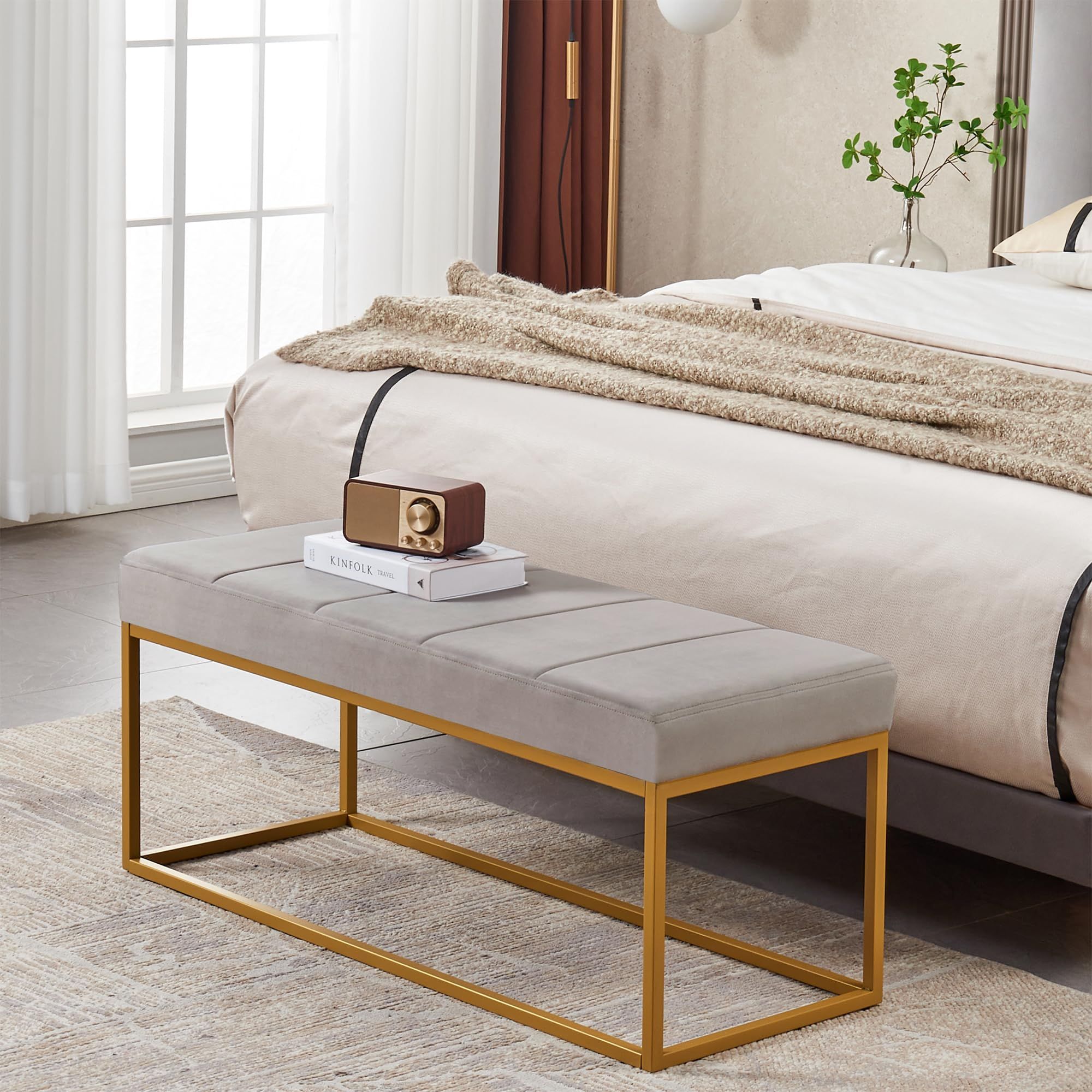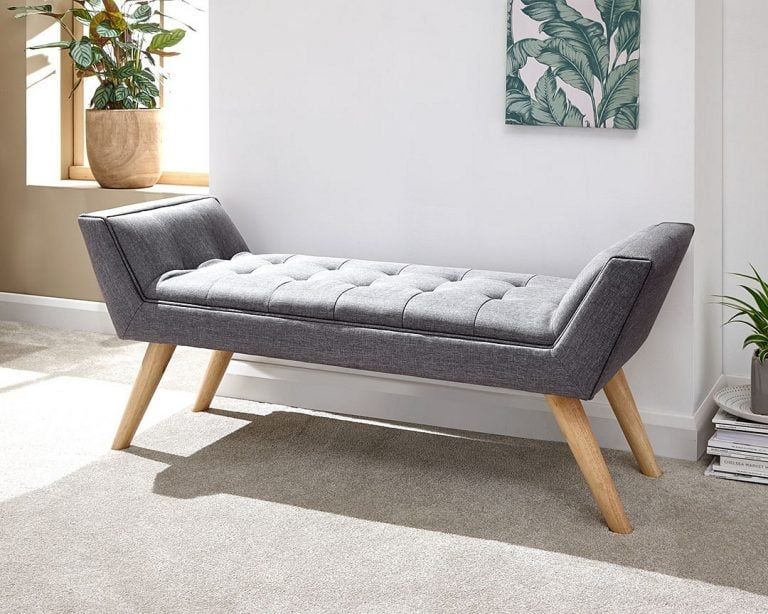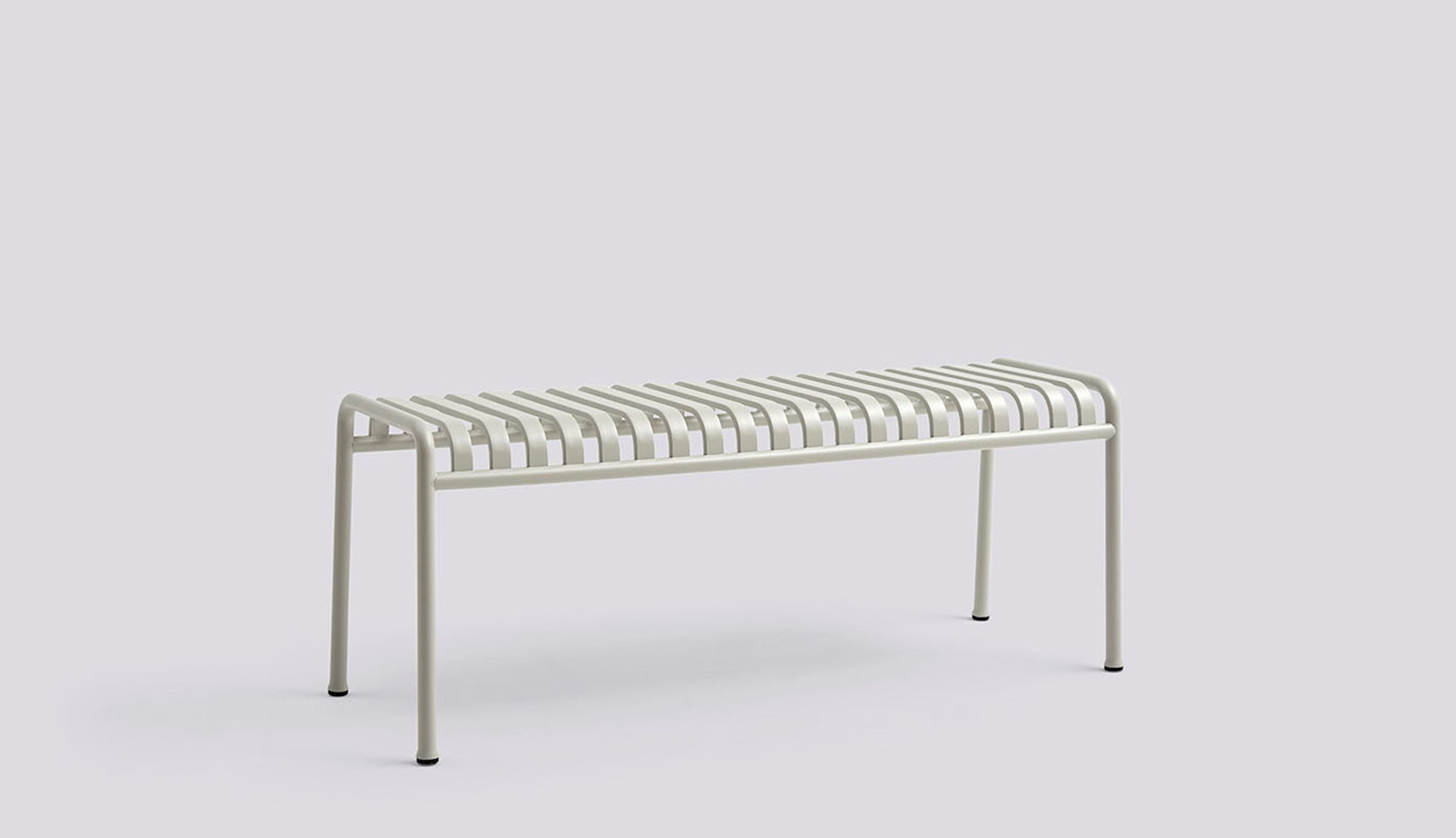Your coastal teak dining bench is more than just a place to sit; it’s a statement piece, a gathering spot, and a symbol of relaxed elegance. But to truly enhance its beauty and practicality, you need the right canvas – the fabric that covers your cushions. Choosing the ideal canvas is paramount. It will safeguard your cushions from the harsh sun, salty air, and unpredictable weather that coastal life throws at us. This article will guide you through the essential considerations when selecting the best canvas for your beloved teak bench, ensuring both its longevity and your comfort. Let’s dive in, shall we?
Living near the coast is a dream for many, and with that comes a unique set of challenges – especially when it comes to outdoor furniture. The sun, wind, and salty air can be brutal. Your teak dining bench, with its beautiful, warm wood, is a perfect match for a coastal setting. However, without the right protection, your bench’s cushions can quickly succumb to wear and tear. This is where choosing the right canvas comes into play. It’s not just about aesthetics; it’s about durability, weather resistance, and overall enjoyment. This article will provide you with the knowledge you need to make an informed decision, helping you select the perfect canvas to complement your coastal lifestyle. We’ll explore different fabrics, their advantages and disadvantages, and provide some practical tips to get you started. Let’s make sure your bench is ready for anything.
Understanding the Coastal Canvas Conundrum: Key Considerations
Before you start browsing fabrics, it’s important to understand the specific challenges posed by a coastal environment. Sun exposure is intense, leading to fading and degradation. Salt air is corrosive, attacking fibers and causing mildew. Moisture, whether from rain or humidity, can foster the growth of mold and mildew. And of course, there’s the potential for spills, stains, and everyday wear and tear. When choosing a canvas, prioritize these factors:
- UV Resistance: Look for fabrics with a high UV resistance rating to prevent fading.
- Water Resistance: The material should be water-repellent or waterproof to resist moisture.
- Mildew Resistance: This is crucial for preventing mold and mildew growth.
- Durability: The fabric needs to withstand regular use, including the abrasion and wear from sitting and moving around.
- Breathability: While water resistance is important, some breathability is needed to prevent the cushions from feeling sticky in hot weather.
- Ease of Cleaning: Consider how easy the fabric is to clean and maintain.
Decoding Fabric Types: A Comparative Guide
Several fabric types are suitable for outdoor cushions, and each has its own set of pros and cons. Here’s a comparison to help you decide which is best for your needs:
- Acrylic Fabrics (like Sunbrella): These are the gold standard for outdoor furniture. They are solution-dyed, meaning the color is added during the fiber creation, resulting in excellent fade resistance. They are also mildew-resistant and water-repellent. Pros: Excellent fade resistance, mildew resistance, and water repellency. Cons: Can be more expensive and may feel less soft than other options.
- Polyester Fabrics: Polyester is a budget-friendly option that is water-resistant and fairly durable. However, it’s not as resistant to UV rays as acrylic. Pros: Affordable, water-resistant, and comes in many colors. Cons: Less fade-resistant than acrylic, and can feel less comfortable.
- Olefin Fabrics: Olefin is known for its stain resistance, making it a good choice for areas with heavy use or frequent spills. It’s also resistant to mold and mildew. Pros: Stain-resistant, mold-resistant, and affordable. Cons: Can fade over time and may not be as soft as other options. It can also be susceptible to pilling.
- Solution-Dyed Acrylic Blends: These blend the best features of acrylic with other fibers. These can provide a good balance of performance, feel, and cost. Pros: Good fade resistance, mildew resistance, and can offer improved softness. Cons: Can be more expensive than straight polyester. It can be difficult to find.
Color, Pattern, and Style: Choosing the Right Look
The color and pattern of your canvas play a huge role in the overall aesthetic of your coastal dining area. Consider the following when making your selection:
- Color Palette: Embrace the coastal vibe with blues, greens, creams, and whites. These colors evoke a sense of calm and relaxation. Earth tones and neutrals also work well.
- Patterns: Subtle stripes, nautical motifs, and geometric designs can add interest without overwhelming the space. Solid colors are also a great choice, especially if you want a clean, modern look.
- Texture: Consider the texture of the fabric. Textured fabrics can add visual interest and depth. Smooth fabrics offer a more modern feel.
- Complementary Elements: Think about how the fabric will look with your teak bench, other furniture, and the surrounding environment. Aim for a cohesive and harmonious design.
Maintenance and Care: Keeping Your Canvas in Top Shape
Proper care and maintenance will significantly extend the life of your canvas cushions. Here are some tips:
- Regular Cleaning: Brush off dirt and debris regularly. Spot clean spills immediately with a mild soap and water solution.
- Deep Cleaning: Every few months, or as needed, give your cushions a thorough cleaning. Follow the manufacturer’s instructions for washing or cleaning.
- Protective Measures: Consider using furniture covers when the bench isn’t in use, especially during harsh weather. This will help protect the cushions from the elements.
- Mildew Prevention: To prevent mildew, ensure good air circulation around your cushions. If mildew does appear, clean it promptly with a mildew cleaner specifically designed for outdoor fabrics.
- Storage: When storing cushions for extended periods, make sure they are completely dry and stored in a clean, dry place.
The Ultimate Canvas Selection Process: A Step-by-Step Guide
Here’s a step-by-step guide to help you choose the perfect canvas for your coastal teak dining bench:
- Assess Your Needs: Evaluate your specific coastal environment and how you use your bench. Consider sun exposure, humidity levels, and the potential for spills.
- Research Fabric Options: Explore the different fabric types discussed earlier, paying attention to their properties and how they align with your needs.
- Gather Samples: Obtain fabric samples to see how they look and feel in your space. Test their water resistance by pouring a small amount of water on them.
- Consider Color and Pattern: Choose a color and pattern that complements your existing décor and reflects your personal style.
- Check the Warranty: Review the manufacturer’s warranty for each fabric. This will provide you with some protection against defects or fading.
- Make Your Decision: Based on your research and assessment, select the fabric that best meets your needs and preferences.
- Professional Installation: If you’re not comfortable sewing, consider having your cushions professionally made or re-covered to ensure a perfect fit and finish.
Real-World Examples: Canvas Choices in Action
Let’s look at a couple of examples to illustrate how to apply these concepts:
- Scenario 1: High Sun Exposure: For a bench that’s directly exposed to the sun all day, a solution-dyed acrylic fabric like Sunbrella is the best choice. Its superior fade resistance will keep your cushions looking vibrant for years. Consider a light color to reflect the sun’s rays.
- Scenario 2: Frequent Spills and Heavy Use: If you have young children or frequently entertain, an olefin fabric is a great option. Its stain resistance will make cleaning up messes a breeze. Darker colors or patterns may hide dirt better.
- Scenario 3: A Balance of Style and Function: A solution-dyed acrylic blend provides a great combination of durability and aesthetics. You can select a beautiful stripe or pattern to add visual interest to your space, while also having the peace of mind that your cushions are protected from the elements.
Choosing the right canvas for your coastal teak dining bench is an investment in both the beauty and longevity of your outdoor space. By considering the unique challenges of a coastal environment, understanding the different fabric options, and following the maintenance tips provided, you can create a comfortable and stylish area that you’ll enjoy for years to come. Remember to prioritize UV resistance, water resistance, and mildew resistance when making your selection. Take your time, gather samples, and choose a color and pattern that reflects your personal style. With the right canvas, your coastal teak dining bench will become the heart of your outdoor oasis, a place where you can relax, entertain, and savor the beauty of the sea. And, remember, a little bit of care goes a long way in preserving the beauty of your coastal furniture. Enjoy the process, and enjoy your perfect outdoor space. It’s all about creating a place where you can unwind, connect with nature, and make lasting memories. You deserve it.
